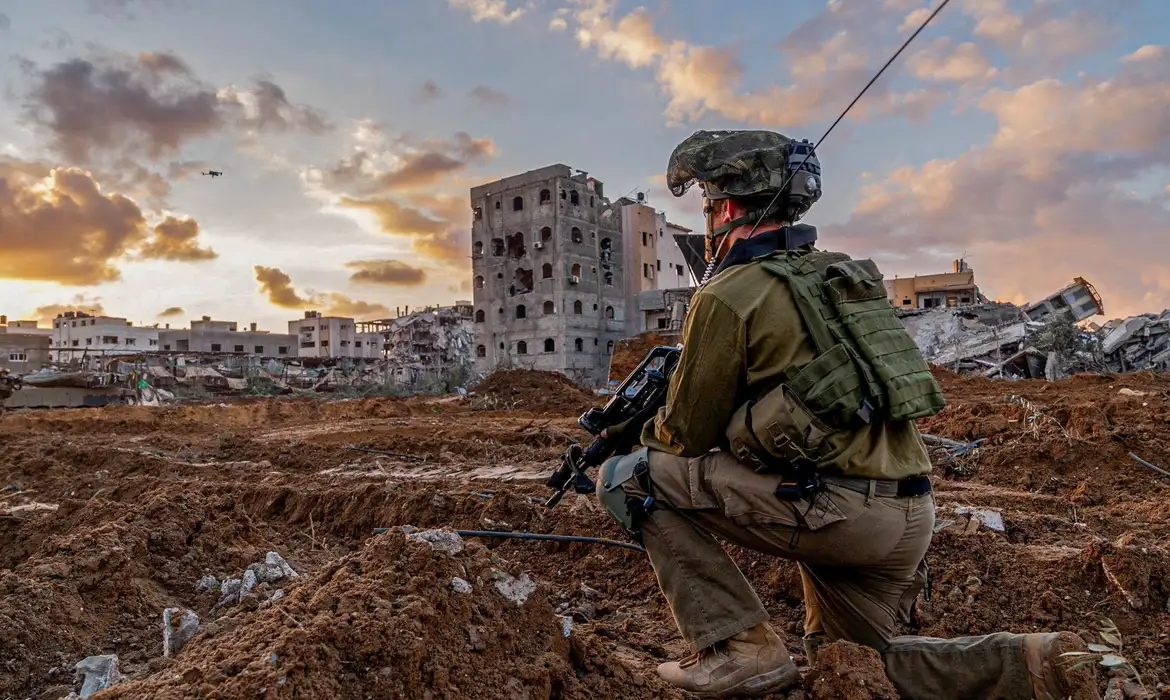
Introduction
The ongoing war between Israel and Hamas in Gaza has escalated into one of the deadliest conflicts in recent Middle Eastern history. Since the October 7, 2023, Hamas-led attack on southern Israel, the region has witnessed unprecedented violence, humanitarian crises, and geopolitical ramifications. This article provides an in-depth analysis of the conflict, covering its origins, key events, humanitarian impact, international reactions, and potential future scenarios.
1. Historical Context: Roots of the Conflict
1.1 The Israeli-Palestinian Dispute
The Israel-Palestine conflict dates back over a century, rooted in competing nationalisms, territorial disputes, and religious claims to the Holy Land. Key historical moments include:
- The Balfour Declaration (1917): British support for a Jewish homeland in Palestine.
- The 1948 Arab-Israeli War: Israel’s declaration of independence and subsequent Arab invasion.
- The 1967 Six-Day War: Israel’s occupation of Gaza, the West Bank, and East Jerusalem.
- The Oslo Accords (1990s): Failed peace process leading to continued tensions.
1.2 Hamas and Its Role
Hamas, an Islamist militant group, took control of Gaza in 2007 after a violent conflict with Fatah (the dominant Palestinian faction in the West Bank). Designated as a terrorist organization by Israel, the U.S., and the EU, Hamas rejects Israel’s existence and has launched multiple wars against it.
2. The October 7, 2023, Hamas Attack
2.1 The Surprise Assault
On October 7, Hamas militants breached Israel’s heavily fortified border, killing approximately 1,200 people (mostly civilians) and taking over 240 hostages. The attack included:
- Mass shootings in kibbutzim (communal settlements).
- A massacre at the Nova music festival.
- Rocket barrages targeting Israeli cities.
2.2 Israel’s Immediate Response
Israel declared war, launching Operation Iron Swords with three primary objectives:
- Eliminate Hamas’ military capabilities.
- Rescue hostages.
- Ensure long-term security.
The Israeli Defense Forces (IDF) began massive airstrikes on Gaza, followed by a ground invasion.
3. The War in Gaza: Key Developments
3.1 Israeli Military Campaign
- Airstrikes & Urban Warfare: Over 35,000+ Palestinians killed (Gaza Health Ministry claims, though numbers are disputed).
- Destruction of Hamas Tunnels: The IDF has uncovered and destroyed extensive underground networks.
- Hostage Rescue Operations: Some hostages have been freed, but many remain captive.
3.2 Humanitarian Crisis in Gaza
- Mass Displacement: Over 1.7 million Gazans displaced (80% of the population).
- Food & Medicine Shortages: The UN warns of famine-like conditions.
- Collapse of Hospitals: Medical facilities struggle without fuel and supplies.
3.3 Escalation on Other Fronts
- Hezbollah (Lebanon): Daily cross-border strikes with Israel.
- Houthis (Yemen): Attacking Red Sea shipping, prompting U.S. airstrikes.
- West Bank Violence: Increased Israeli raids and Palestinian militant attacks.
4. International Reactions & Diplomatic Efforts
4.1 Global Responses
- United States: Strong support for Israel but increasing pressure to minimize civilian casualties.
- Arab States: Condemnation of Israel but reluctance to intervene militarily.
- United Nations: Calls for ceasefires, but vetoed by the U.S. in the Security Council.
4.2 Ceasefire Negotiations
- Qatar & Egypt Mediation: Temporary truces have occurred, but no lasting deal.
- Hamas Demands: Full Israeli withdrawal and prisoner releases.
- Israel’s Stance: Refuses permanent ceasefire until Hamas is dismantled.
5. The Future: Possible Scenarios
5.1 Prolonged Conflict
- If Hamas retains power, Israel may continue its campaign indefinitely.
- Risk of regional war involving Hezbollah and Iran.
5.2 Post-War Gaza
- Who will govern Gaza? Israel opposes Hamas but has no clear alternative.
- Reconstruction Costs: Estimated $50+ billion needed.
5.3 Long-Term Implications
- Radicalization: A new generation of militants may emerge.
- Israeli Security Doctrine: Will Israel reoccupy Gaza or seek new defense strategies?